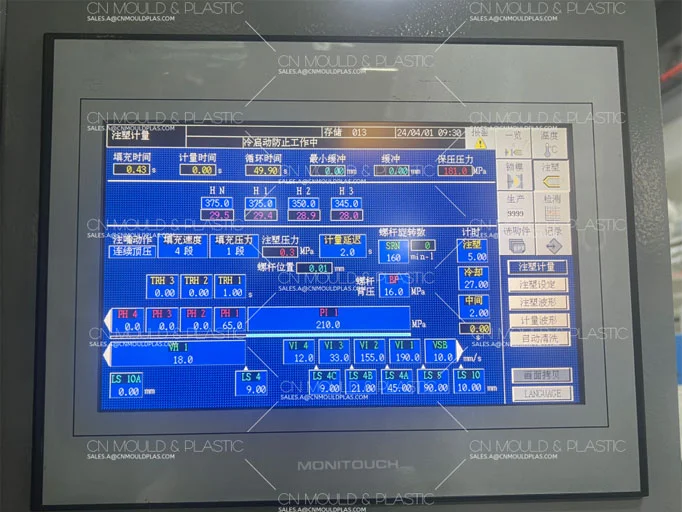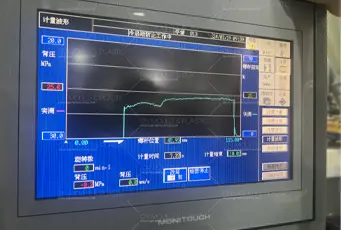Pitting is a form of corrosion that concentrates on a small area of the metal surface and penetrates deep into the metal.Pitting is generally small in diameter and deep in depth.The ratio of the maximum depth of the hole to the average corrosion depth of the metal is called the pitting coefficient.The larger the pitting coefficient, the more serious the pitting degree.
1) Due to the small aperture of the hole, the surface of the hole is often covered by corrosion products.Therefore, the corrosion products must be removed when inspecting the corrosion holes, otherwise it is difficult to find.
2) The amount of metal loss during pitting is very small, and even if the equipment is perforated, the weight loss of the equipment is very small, and it is difficult to predict the life of the equipment by measuring the thinning of the wall thickness.
3) Pitting corrosion due to its special dynamic process, the reaction is accelerated under the action of autocatalysis. Once pitting occurs, the dissolution rate in the hole is quite large, so the pitting is very harmful and leads to accidents suddenly. It is one of the most destructive and hidden dangers of local corrosion forms.
4) Corrosion holes usually grow along the direction of gravity, and the horizontal surface of the equipment is the most common, and a few occur on the vertical surface.

1) From the material point of view, pitting resistance alloy can be selected as the manufacturing material of equipment and components. The addition of molybdenum in stainless steel helps to enhance the pitting resistance of stainless steel. Pitting resistance will be significantly improved with the use of low carbon, ultra-low carbon and sulfide impurities of high purity stainless steel. During the manufacturing, transportation and installation of the equipment, protect the surface of the material and do not scratch the surface film. For some materials, increasing the wall thickness can greatly extend the penetration time of the corrosion hole.
2) From the point of view of the production process, the content of chloride ions, bromine ions and oxidizing metal ions in the medium should be reduced as far as possible to effectively prevent pitting.
3) Add corrosion inhibitors. In the circulating water system, the addition of corrosion agents can prevent the occurrence of pitting corrosion, such as for passivated metals, the addition of corrosion inhibitors can increase the stability of the passivated film and is conducive to the repair of the damaged film.
4) Electrochemical protection. Pitting can also be inhibited by electrochemical methods, usually cathodic protection.
In short, pitting corrosion is a common form of local corrosion, which is easy to occur in small holes or micro-cracks on the metal surface.In order to avoid the damage caused by it, it is necessary to take measures to strengthen the surface protection of the material, optimize the quality of the material itself, control environmental corrosion factors, and regularly test and maintain the metal material, so as to extend the service life of the metal material.

